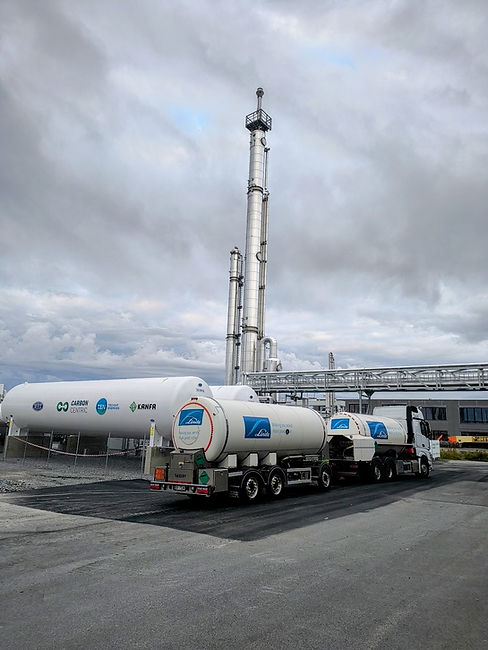The project marks a major milestone for the emerging carbon capture industry in Norway as the country’s first operational carbon capture plant outside the Norwegian government’s Longship project, and it is also the world’s first waste incineration plant equipped with the capacity for full carbon capture.
“This is a landmark day for Carbon Centric, for Rakkestad – and for the climate. Delivering our first tonnes of captured CO2 proves that the technology works in practice and that we can help build a new green industry. I’m incredibly proud of the teamwork behind this achievement – it is the result of a strong and dedicated team,” said Fredrik Häger, CEO i Carbon Centric.
The official inauguration of the Rakkestad carbon capture plant will be held on 16 October 2025, exclusively for invited guests and accredited members of the media.
The Rakkestad plant is Carbon Centric’s first full-scale facility – the first of its kind in Norway and among the very first worldwide. It captures CO2 from a waste-to-energy incineration plant and makes the gas available as a recycled, food-grade raw material for a range of industries. The plant is currently being certified by DNV to comply with FSSC 22 000. With a capture capacity of around 10,000 tonnes of CO2 per year, the plant is designed to handle the flue gas from the incinerator at full scale.

Next steps
Rakkestad is the first in a growing portfolio of projects that Carbon Centric is developing in Norway and across the Nordics. Next in line is a carbon capture project from a bio-energy plant (BECCS project) at Kirkenær together with Solør Bioenergi, aiming to capture around 32,000 tonnes of biogenic CO2 annually. These kinds of projects can generate carbon removals if the captured gas is sent to permanent storage, and the Kirkenær project is expected to start producing carbon dioxide removal certificates (CDRs) from 2028.
With this, Carbon Centric is taking the next step: from supplying CO2 to industry, to also becoming a provider of high-quality carbon removals. The goal is to capture as much CO2 as possible, as quickly as possible, and help establish carbon capture and removal as a new green industry in the Nordics.

